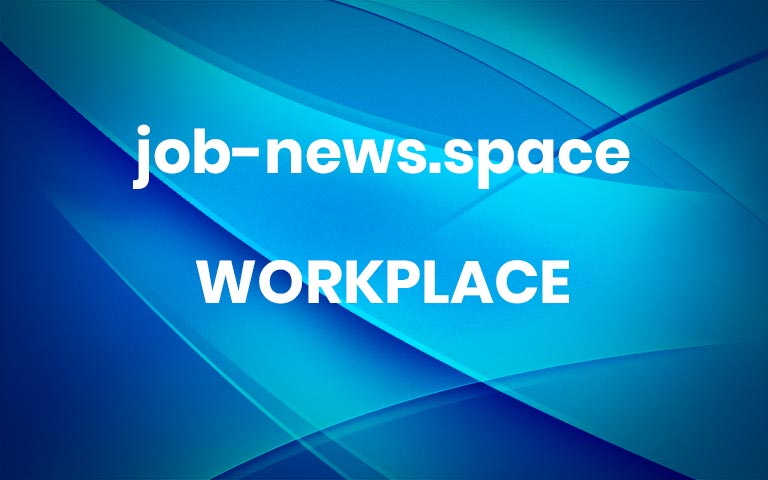Making a Difference: Mental Health in Professional Services
Pre-Covid, the professional services industry was already focusing on ways to better foster employee mental health. However, the pandemic has greatly amplified the need for wellbeing support across the sector, with the impact of working from home and the broader health impacts of the virus taking a growing toll.
This should come as a warning shot to professional services businesses – well-known to often be fast-paced and high-intensity workplaces even before the pandemic. Indeed, poor mental health has a very significant economic cost to employers, with recent research from Deloitte putting the cost to UK employers at up to £45 billion each year (a rise of 16% since 2016).
Put simply, employee wellbeing is no longer something that businesses can afford to overlook. From embracing more flexible post-pandemic working to tackling ‘always on’ culture, forward-looking firms are already starting to benefit from investing in the long-term mental health of their staff. What’s more, recruiters and hiring managers are going to need to highlight their firms’ mental health policies during hiring processes earlier and with more prominence than ever before.
The impact of the pandemic
One of the most significant and lasting impacts of the pandemic has been the mass exodus of workers from offices to home working environments – this shift has had a significant impact on people’s mental health. In fact, according to recent research by ‘Divided Together’, 49% of UK professional services employees experienced a drop in the quality of their mental wellbeing during the first lockdown in 2020, with 44% saying they ‘were making an effort to seem upbeat when they didn’t feel it’.
This overwhelming decline in worker mental health can partly be attributed to the solitary nature of working from home, but it is also a result of reduced concentration levels. Professional services respondents attributed this mental health deterioration to missing their usual routine (46%), finding it hard to concentrate (44%), being worried about the health of others (43%), or spending more time alone (36%).
With restrictions easing, long-term remote working policies have been the topic de jure. However, it is how people will return to their offices that have the greatest significance for mental health. In a recent Totum Partners survey, more than 70% of firms said they are considering implementing some form of hybrid working policy in the future (some days spent in the office each week, others working from home). Done well, hybrid working can offer huge benefits to employees, providing everyone with long-term flexibility, all-important face-to-face contact, and critically, better balance for worker mental health.
Therefore, companies looking to hire new talent will need to show that their firm is willing to adopt hybrid working policies while also being able to balance the mental health needs of their current employees. With a larger proportion of new recruits asking about mental health policy and hybrid working in interviews than ever before, hiring managers and recruiters need to highlight this company attributes at a much earlier stage.
The ‘always on’ work culture
A further wellbeing consideration that has come to light as a result of the pandemic is the risk of the ‘always-on’ culture. Presenteeism and the inability to switch off was a growing concern already prevalent before the pandemic, but taking the workplace home has only intensified the pressure for employees to be constantly available, with people finding it more difficult to separate home and work life. This has been especially challenging for workers that have not had the benefit of a home office and have found themselves working from the kitchen table or at makeshift desks.
Addressing ‘always on culture’ and encouraging employees to set boundaries between work and home life must be a top priority for businesses in the post-pandemic era. In fact, those businesses that equate more hours with greater productivity, stand to lose not only the best talent and the best their employees can offer, but they also stand to bear the financial cost of workers’ mental ill-health.
When recruiting new talent, it is equally important to show prospective employees that the business they are interviewing for respects the need for a good work-life balance, especially in a world where the ‘always-on’ culture has become second nature.
A perfect time to find an effective solution
There’s little doubt that the pandemic has created a significant challenge for worker mental health – a shadow epidemic in its own right. However, the pandemic also serves as a watershed moment to address the issues that have faced workers even prior to Covid. Now is the perfect opportunity to address the deep-seated issues concerning mental health within some parts of the professional services sector. Those that fail to seize this opportunity, will not only pay the price in lost talent, but they will also see the impact on their bottom lines.
Share this post: More


